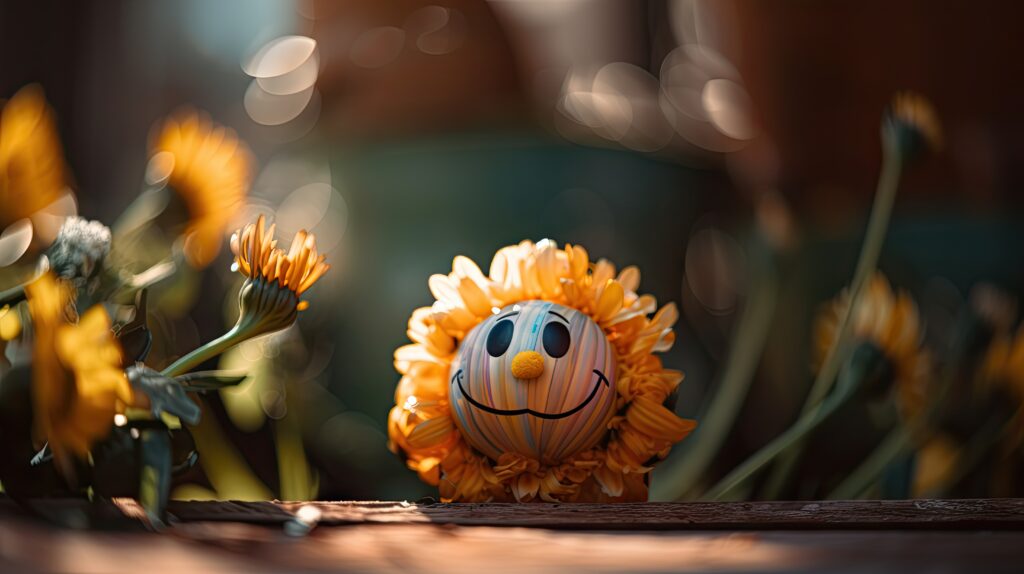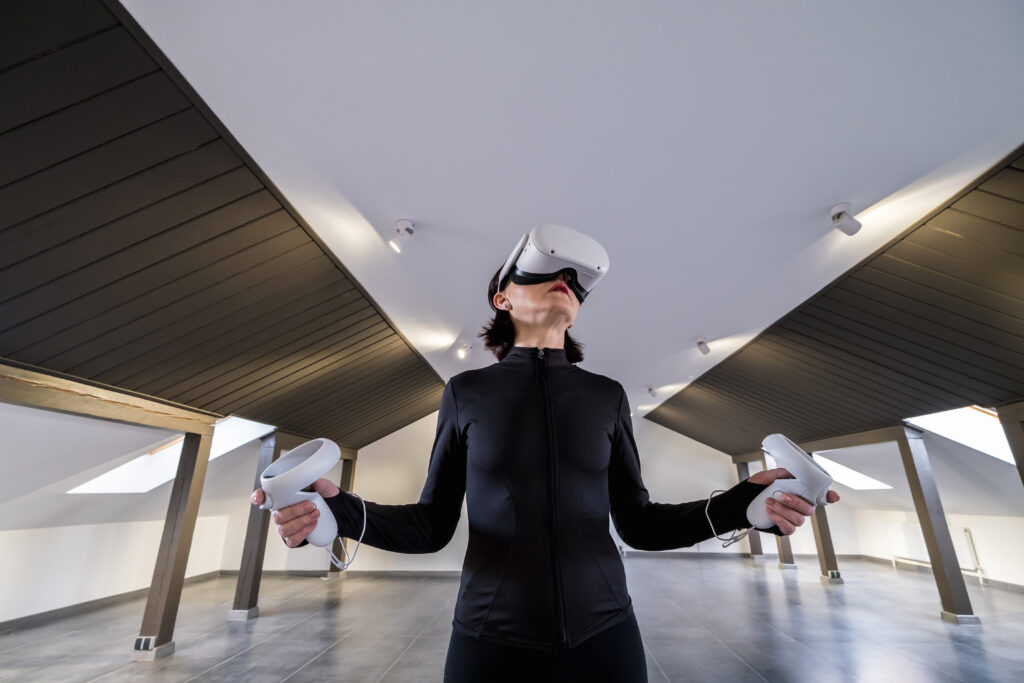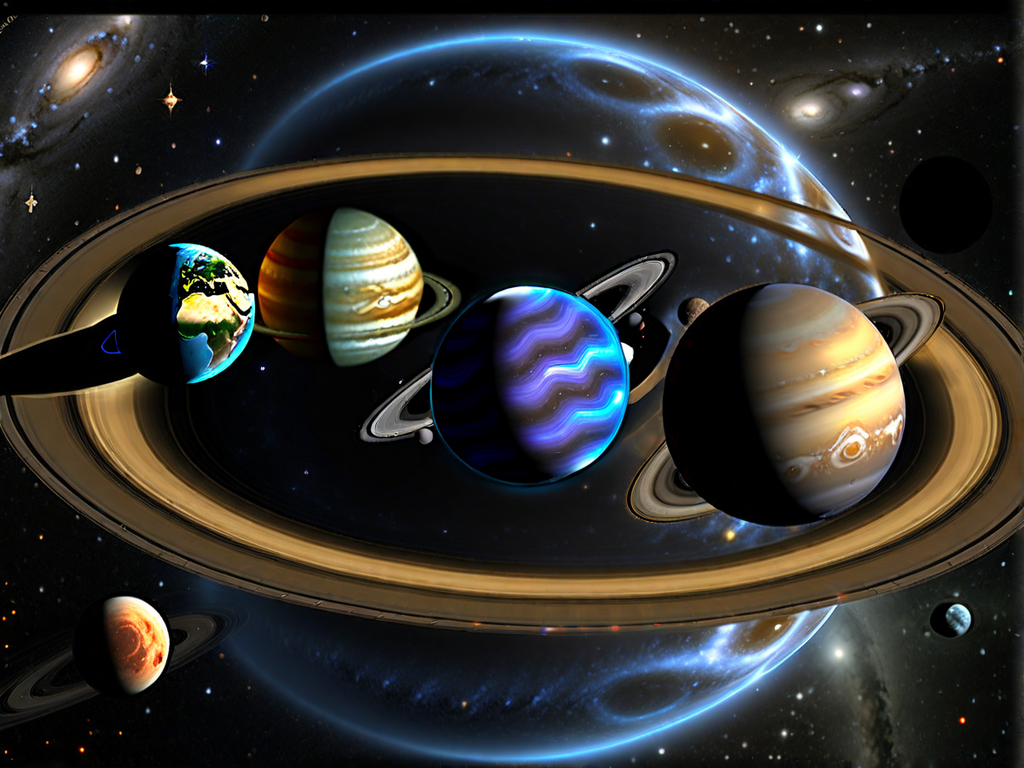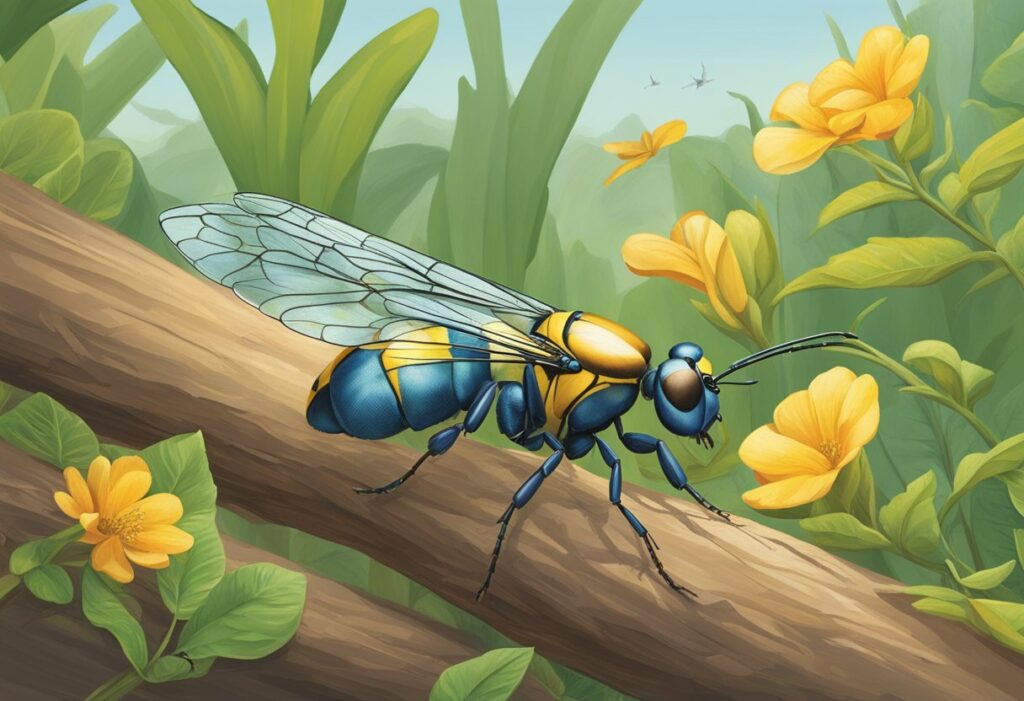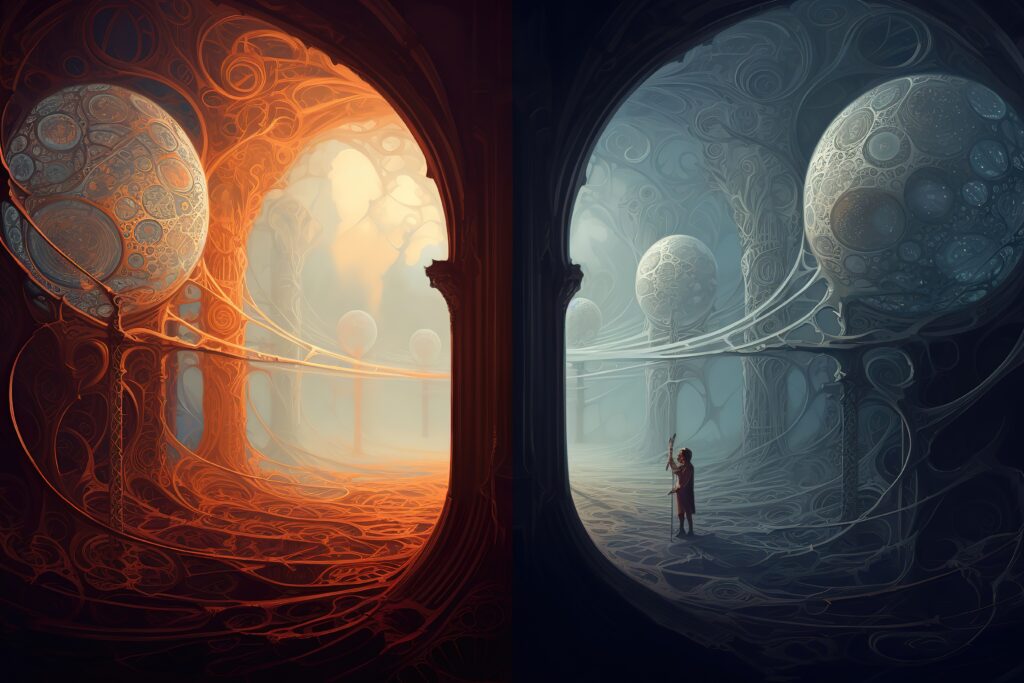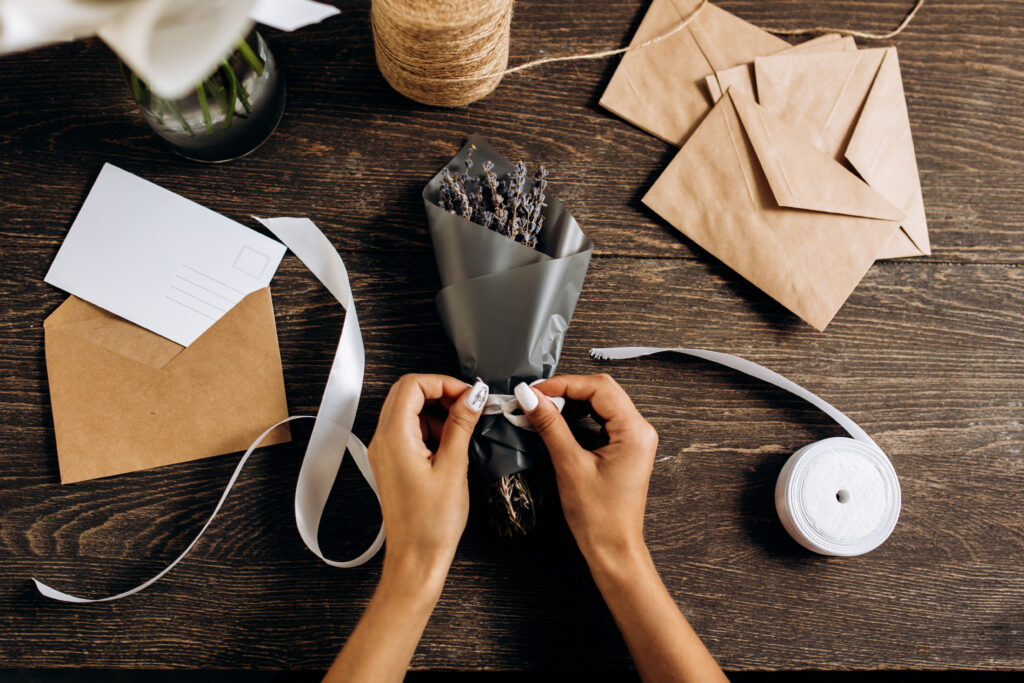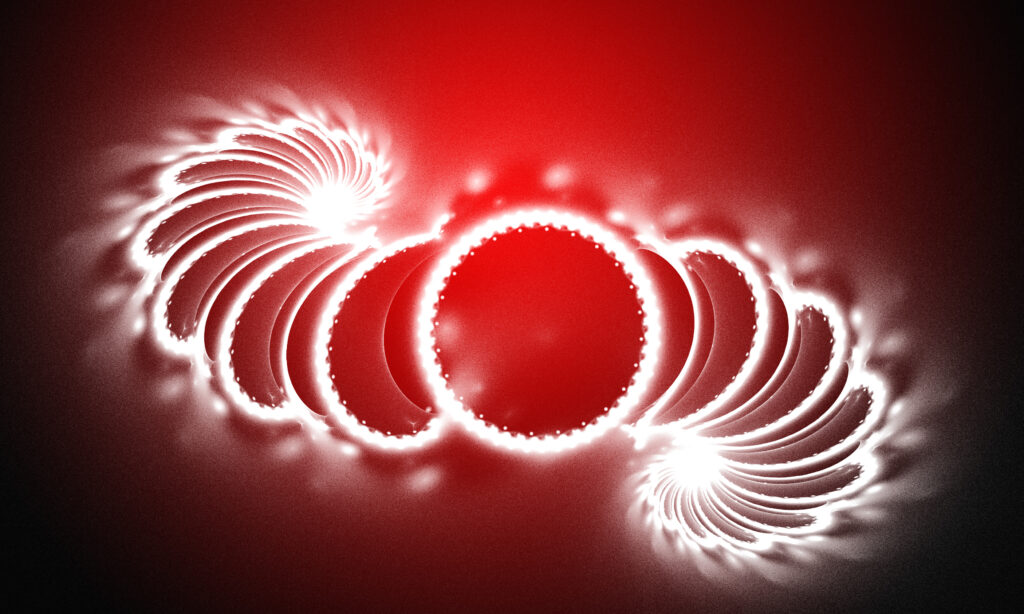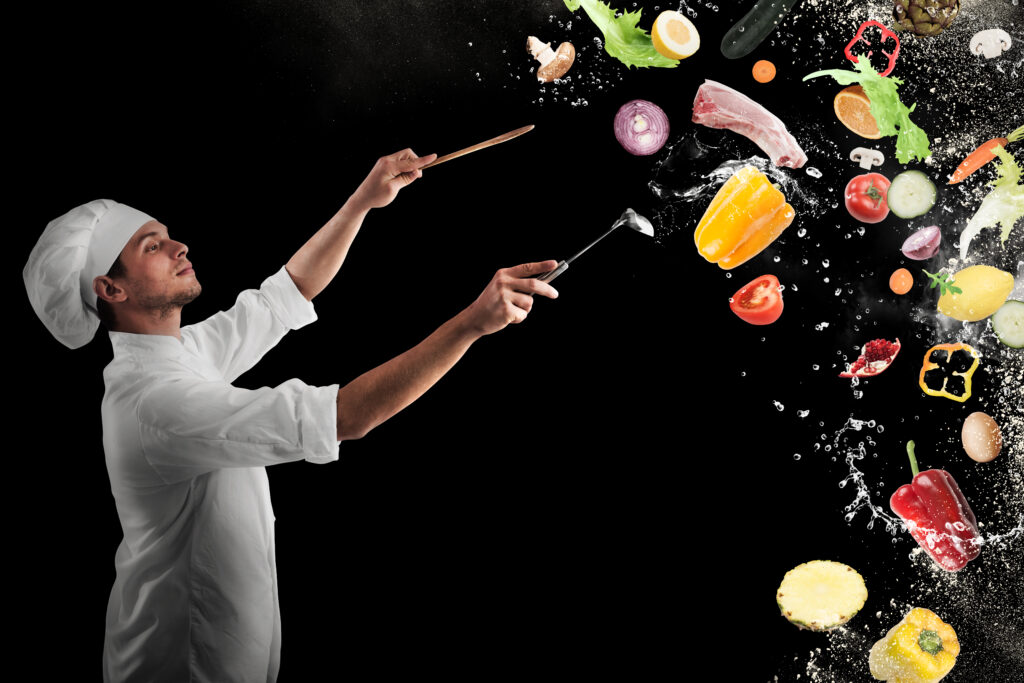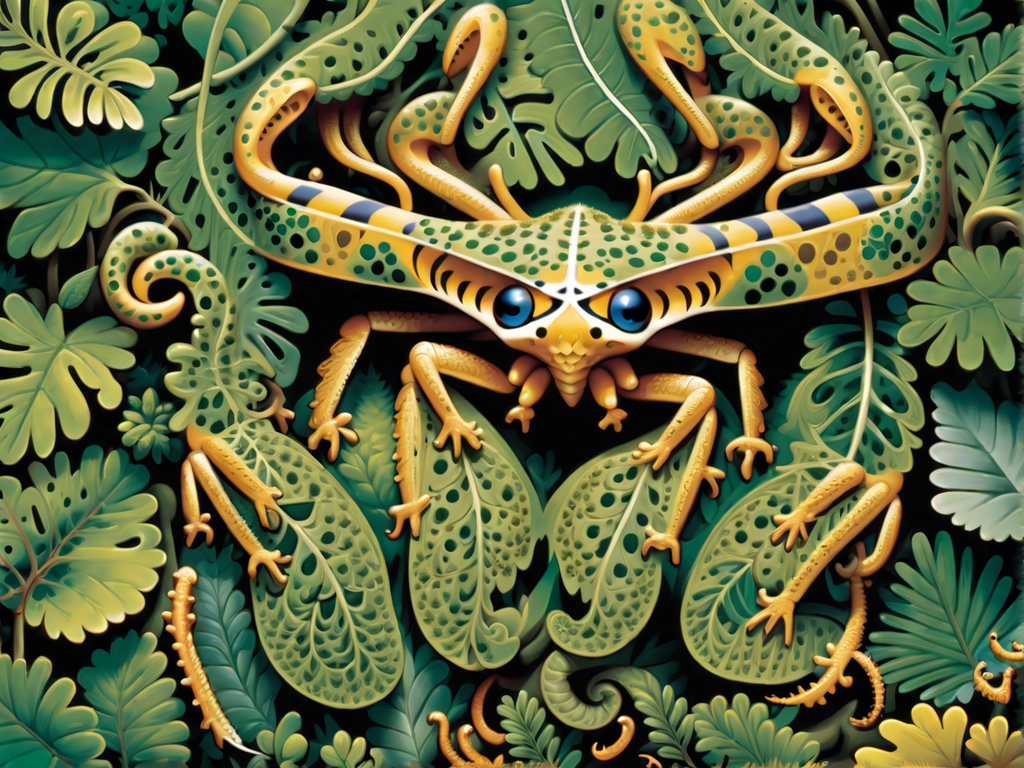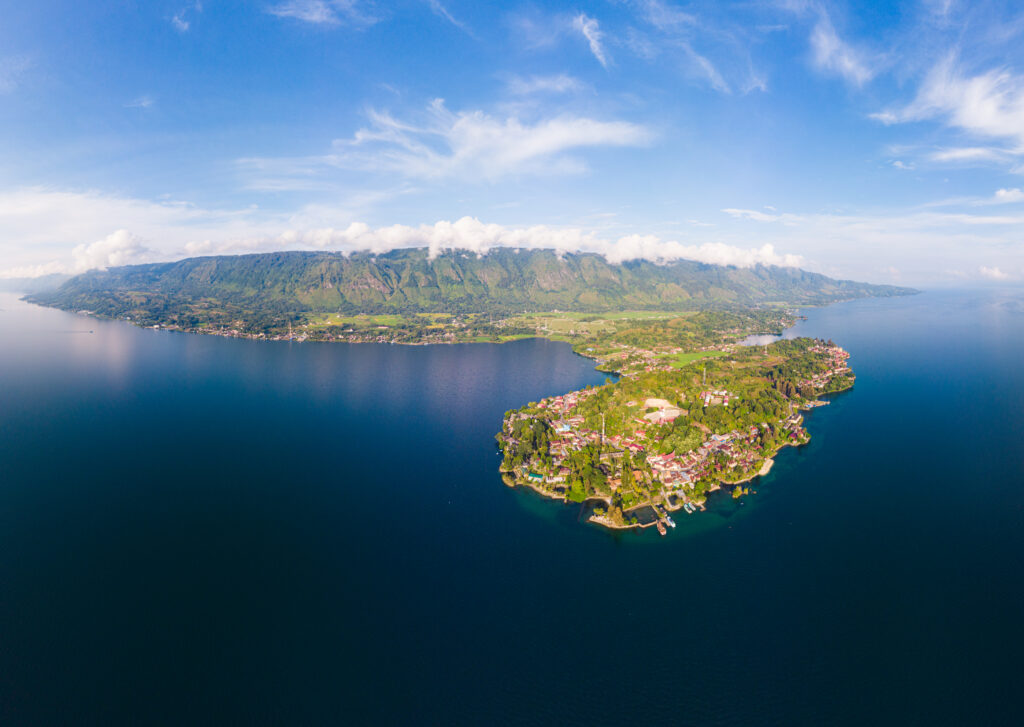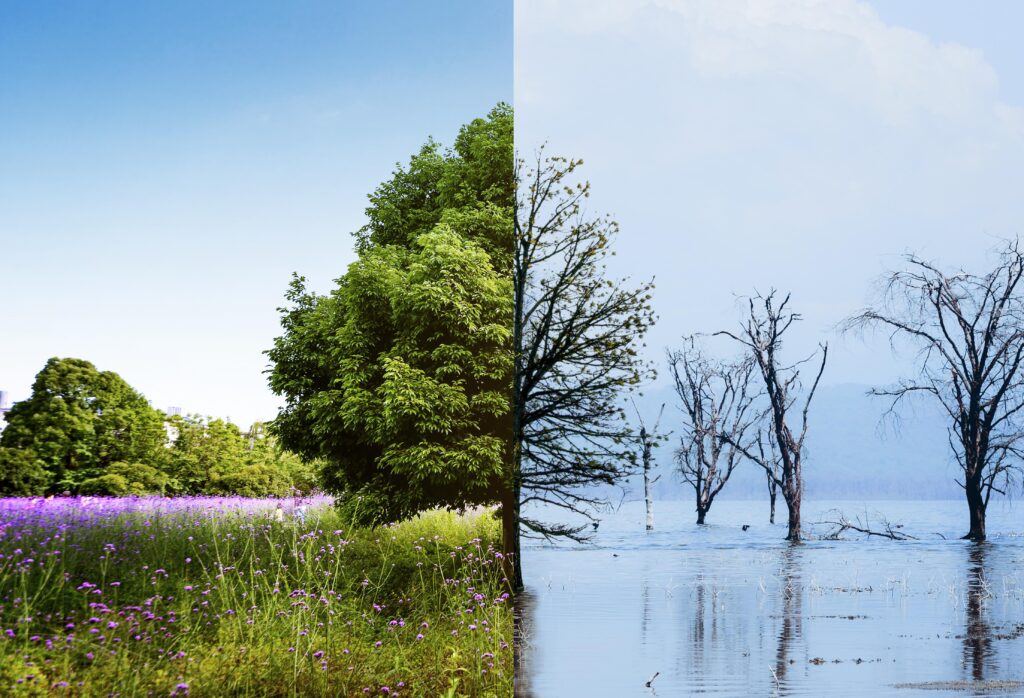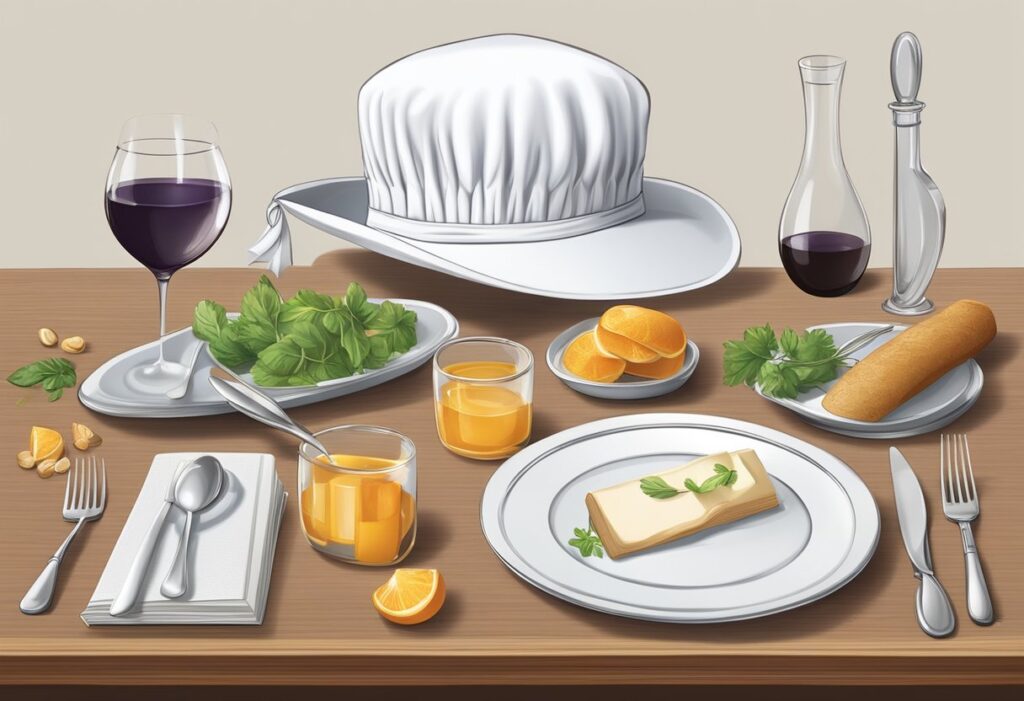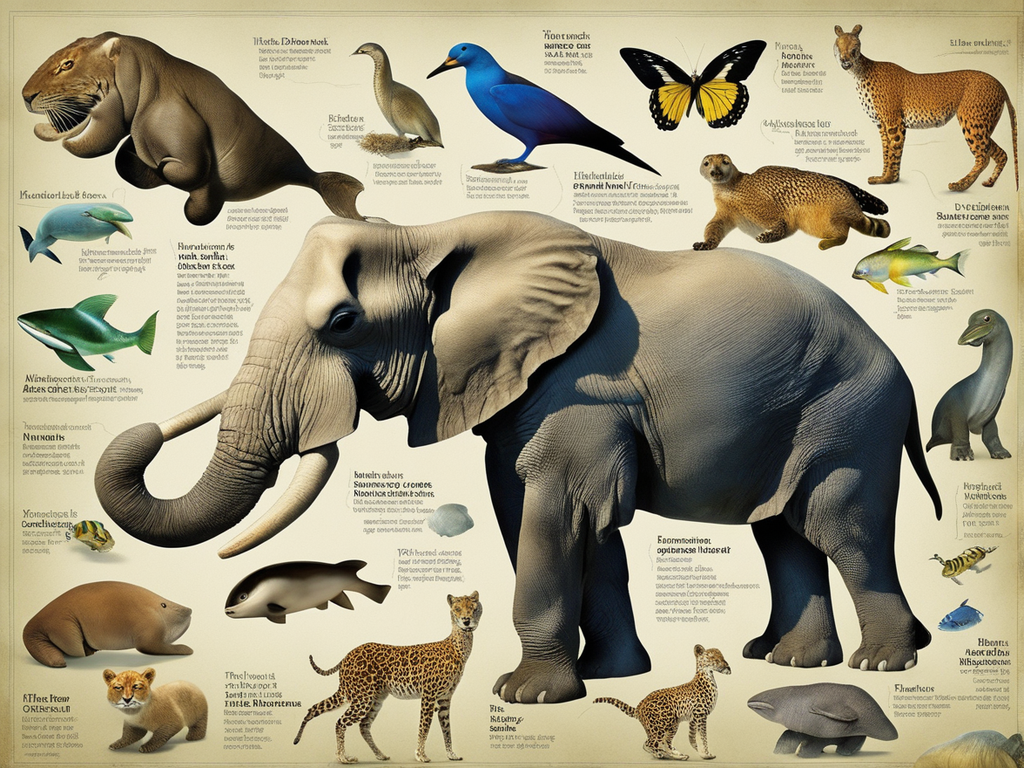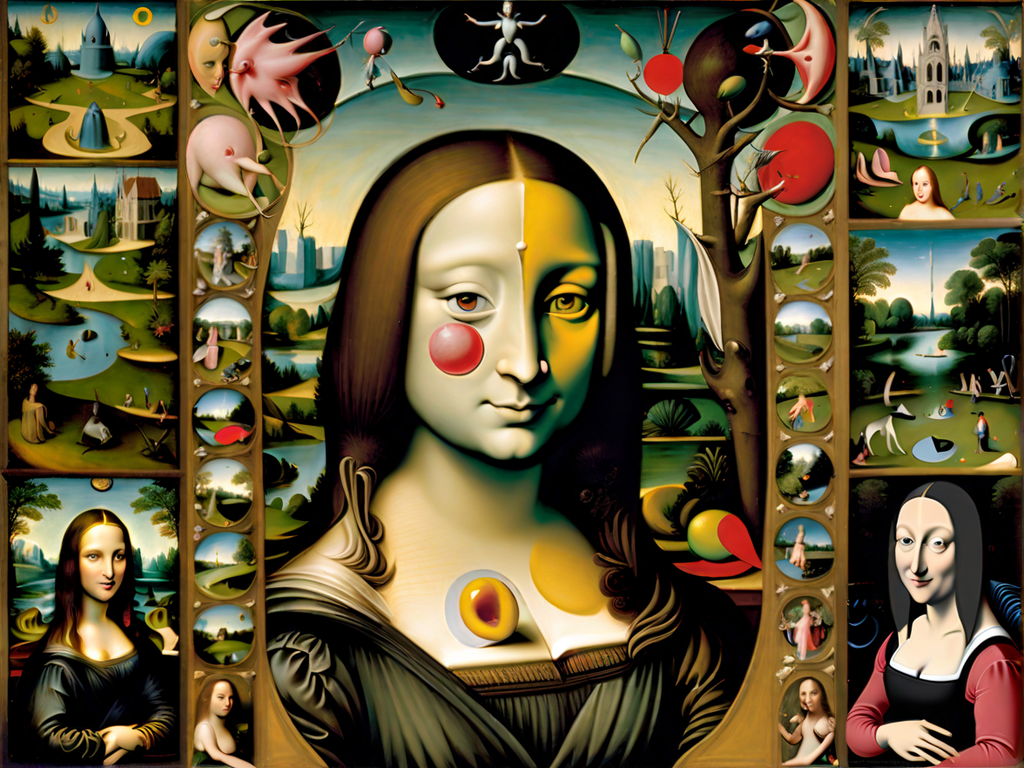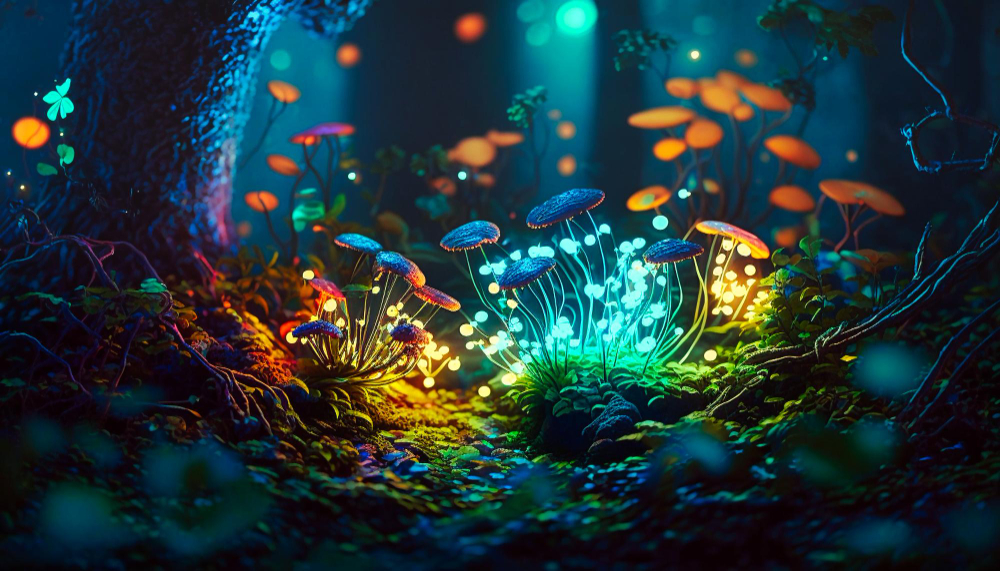Food, beyond its role as sustenance, has the remarkable power to be a canvas for artistic expression. Culinary artists, often known as chefs, transform ingredients into stunning masterpieces that not only tantalize our taste buds but also captivate our eyes. In this deep dive, we will embark on a journey into the captivating world of food art, uncovering the creative genius behind these culinary masterpieces and leaving you with thoughts to savor about the harmonious intersection of art and cuisine.
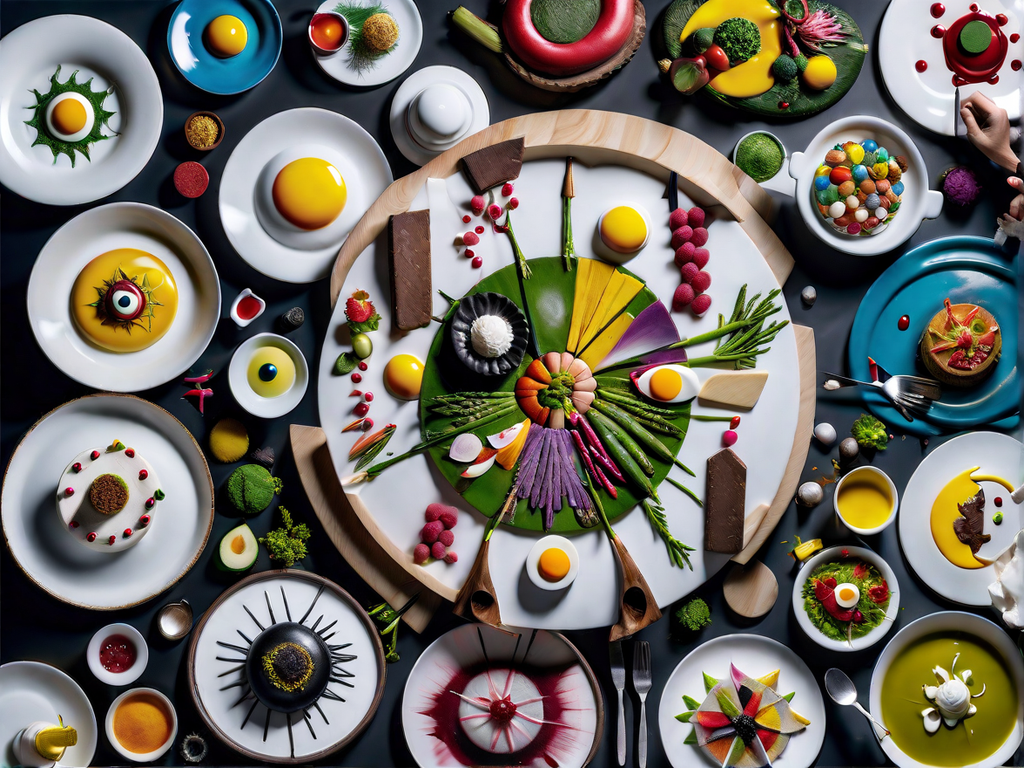
The Art of Plating
Culinary art begins with the meticulous craft of plating, where chefs arrange dishes in a visually appealing manner. This attention to detail and presentation elevates a simple meal into an exquisite masterpiece. Whether it’s a Michelin-starred restaurant or a home kitchen, plating is an art form that can make any dish a feast for the eyes.
The Color Palette
One of the most striking aspects of food art is the vibrant array of colors on the plate. Chefs use an assortment of ingredients, from fresh vegetables to edible flowers, to add depth and variety to their creations. The colors not only enhance the visual appeal but also signal the freshness and quality of the ingredients.
Texture and Contrast
In food art, texture plays a pivotal role. The contrast between crispy and soft, smooth and gritty, or creamy and crunchy adds layers of sensory delight. This textural interplay is not just a visual element but also an integral part of the overall taste experience.

Edible Sculptures
Some culinary artists take plating to the next level by crafting edible sculptures. They use techniques like molecular gastronomy to create intricate designs, shapes, and even 3D edible art. These edible sculptures push the boundaries of what’s possible with food and defy traditional expectations.
Fusion of Cultures
Food art often transcends cultural boundaries. Chefs draw inspiration from diverse culinary traditions, blending flavors and techniques to create dishes that are both harmonious and innovative. This fusion of cultures in food art reflects the global nature of our modern culinary landscape.
The Instagram Effect
In the age of social media, food art has reached new heights. Diners are now amateur food photographers, sharing images of their culinary experiences. This has driven chefs to focus even more on the visual aspects of their creations, making each dish Instagram-worthy.
The Element of Surprise
Food art often includes an element of surprise. Whether it’s a hidden ingredient or a dish that transforms before your eyes, culinary artists strive to keep diners engaged and delighted throughout the meal. This surprise factor adds an extra layer of excitement to the dining experience.
Beyond Taste
Food art reminds us that dining is not just about taste but also about the complete sensory experience. The presentation, aroma, and texture of a dish can all influence how we perceive and enjoy the food. Food art takes this multisensory experience to a whole new level.
The Culinary Artist’s Palette
Chefs are not merely cooks; they are culinary artists. They meticulously select ingredients, experiment with techniques, and carefully compose their creations. The culinary artist’s palette is an ever-expanding canvas, ready to reflect their creativity and passion for food.
Thoughts to Savor
As we conclude our journey into the world of food art, we invite you to share your thoughts and reflections. Have you encountered remarkable culinary masterpieces that left a lasting impression? How does the artistry of food influence your dining experience? Let’s engage in a discussion that explores the delectable world of food art and encourages us to appreciate the artistry that surrounds us, even on our dinner plates.




